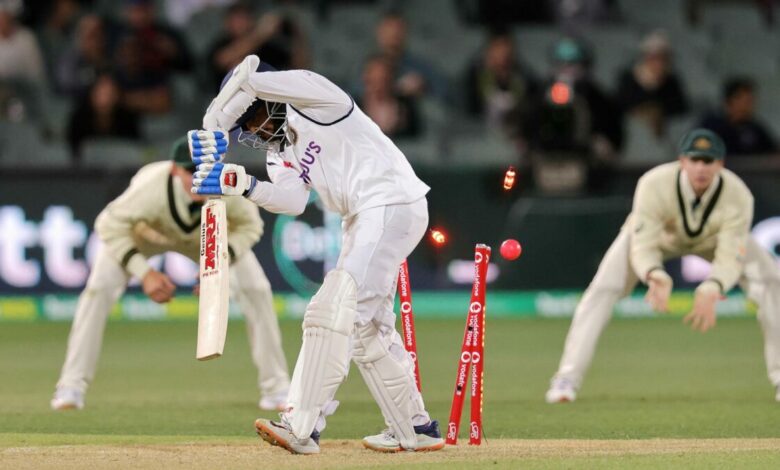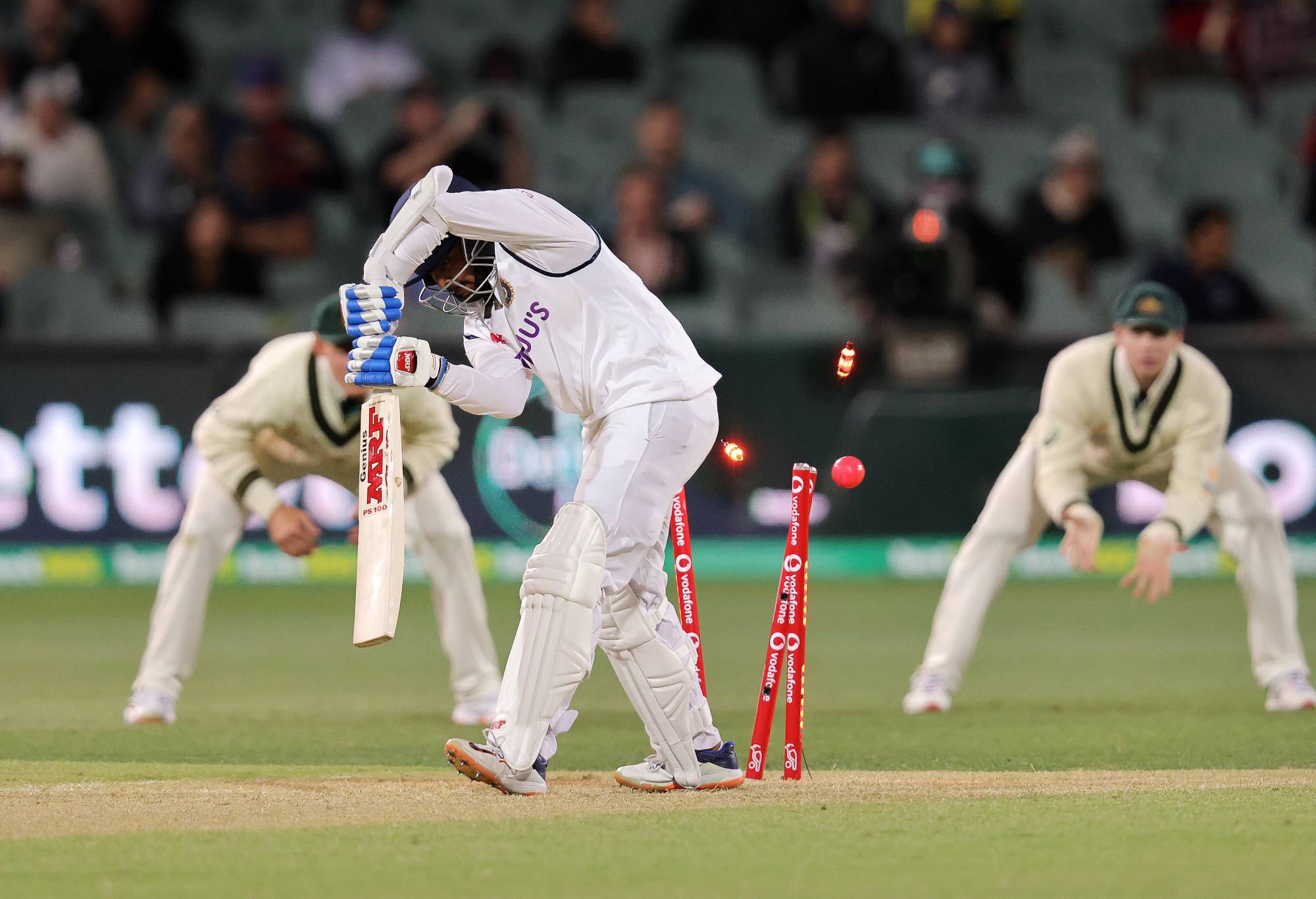It’s time to give India a taste of its own pitch doctors’ medicine by building green-top pitches for the Australian team

With the blockbuster Test series against India around the corner, it is time for Cricket Australia to give the audience a taste of their own medicine.
So instead of rolling out the red carpet, let’s roll out some lush green pitches and see how Virat Kohli and his teammates like it!
Well, some might argue that it’s just not cricket, which is obviously a gentleman’s game full of time-honored concepts like chivalry and fair play.
Unless, of course, there is a Test series to be won and you are the host nation and are therefore entrusted with the responsibility of preparing the sporting facilities.
Now, if every other country tried its best to provide a level playing field, this would not even be a topic of discussion.
But we all know that is not the case, and the recently concluded series between Pakistan and England has exposed the underhanded tactics that have unfortunately become common practice around the world.
In the first Test in Multan, Pakistan fielded what must surely be considered one of the greatest batting decks of all time.
It is no surprise that the home team won the toss and invited England to bowl first and scored an unbeaten score of 556 runs in the first innings.
Unfortunately for Pakistan, England’s batsmen enjoyed the conditions more than their hosts, and responded with an astonishing 7(Dec)-823, including Harry Brook’s 317 and Joe Root’s 262, which broke the record. Made a partnership of 454 runs.
The Poms scored so quickly that they managed to bowl out Pakistan for 220 runs in the second innings and win by innings.
Pakistan was not going to make the same mistake again.
So instead of using a new pitch for the second Test to be played at the same venue, they rebuilt the worn track from the first clash.
Surprised England captain Ben Stokes said, “I’ve never seen the same pitch used for back-to-back games.”

Virat Kohli. (Photo by Abhishek Chinnappa/Getty Images)
Sure enough, Pakistan won the second game by 152 runs – restricting England to 291 and 144 in the process – and then with a three-Test series remaining, they doubled up.
Possibly disappointed that they could not play a third consecutive Test on the same crumbling slab of turf in Multan, Pakistan officials instead issued industrial-sized fans and patio heaters to the ground staff, so that the heavy rollers would squeeze out every last drop Could. Moisture is gone from Rawalpindi pitch.
Once again, there was little joy for England on the turning deck, and they crumbled for 261 and 112 as Pakistan won the decider by nine wickets.
The Poms headed home with their tails between their legs, but devoid of sympathy. After all, what comes around goes around.
For example, in last year’s Ashes, the buzzball-suited belters largely disappeared as soon as Australia took a 2–0 series lead, at a time when the home team needed result pitches as quickly as possible.
But when it comes to home comforts, no one can surpass India, who are still reeling from the shock of defeat against New Zealand in their own backyard – their first series defeat at home in 12 years.
India’s success has traditionally been based on their mastery of spin. That’s why in any Test their pitches are always like dustbin before the end of the first day’s play.
It is very difficult to defeat them in their own game, in their own circumstances.
Unlike rival countries, who consider pitch-doctoring a harmless sporting skill, for the men in baggy greens, playing in Australia is almost a disadvantage on home ground.
That’s because year after year, we produce the best batting pitches in the world.

Pat Cummins bowls Prithvi Shaw during the 2020 Test in Adelaide. (Photo by Daniel Kalisz – CA/Cricket Australia via Getty Images)
Cricket Australia’s clear priority is for Test matches to last for five days. They are more interested in gate-taking and keeping their broadcasters happy than in results.
For some years, the drop-in pitches at the MCG were so flat and lifeless that a 10-day Test could yield no result, but Cricket Australia was presumably laughing all the way to the bank.
If we get wickets like this this summer, you can expect Kohli to add six Test centuries and four half-centuries in his 13 Test matches.
Alternatively, if we could instruct our curators to spice up the track, suddenly it would tilt dramatically in Australia’s favour.
Luckily the series starts in Perth, so to start we’ll need a lively pitch, reminiscent of the glory days of the WACA.
The second Test is in Adelaide, where leaving a few millimeters of extra grass on the strip should encourage the pink ball to spin.
Then it’s off to the Gabba, with India expected to be 2-0 down and Australia looking to ruthlessly take the series.
After that, the Tests in Melbourne and Sydney – the two grounds that suit India best – might prove futile.
Of course, there is always an element of risk in such action, given that a coin toss before the game determines who will bat first.
But the Australians will certainly be backing their fast bowling trio – Pat Cummins, Mitchell Starc and Josh Hazlewood – against an Indian attack that will be without the ultra-consistent Mohammed Shami.
Jasprit Bumrah will be India’s new ball weapons, possibly alongside Mohammed Siraj, but then spinners Ravi Jadeja and Ravichandran Ashwin will be expected to bowl hundreds of overs.
At least on paper, Australia clearly have the lead in terms of fast bowlers. They could also reinforce it by bringing in a seam-bowling all-rounder like Beau Webster, Aaron Hardie, Michael Neser or Will Sutherland as a replacement for the injured Cameron Green.
All of these will probably take India out of its comfort zone.
Let’s see how he feels when the boot is on the other foot and the ball is whizzing past his ears.
